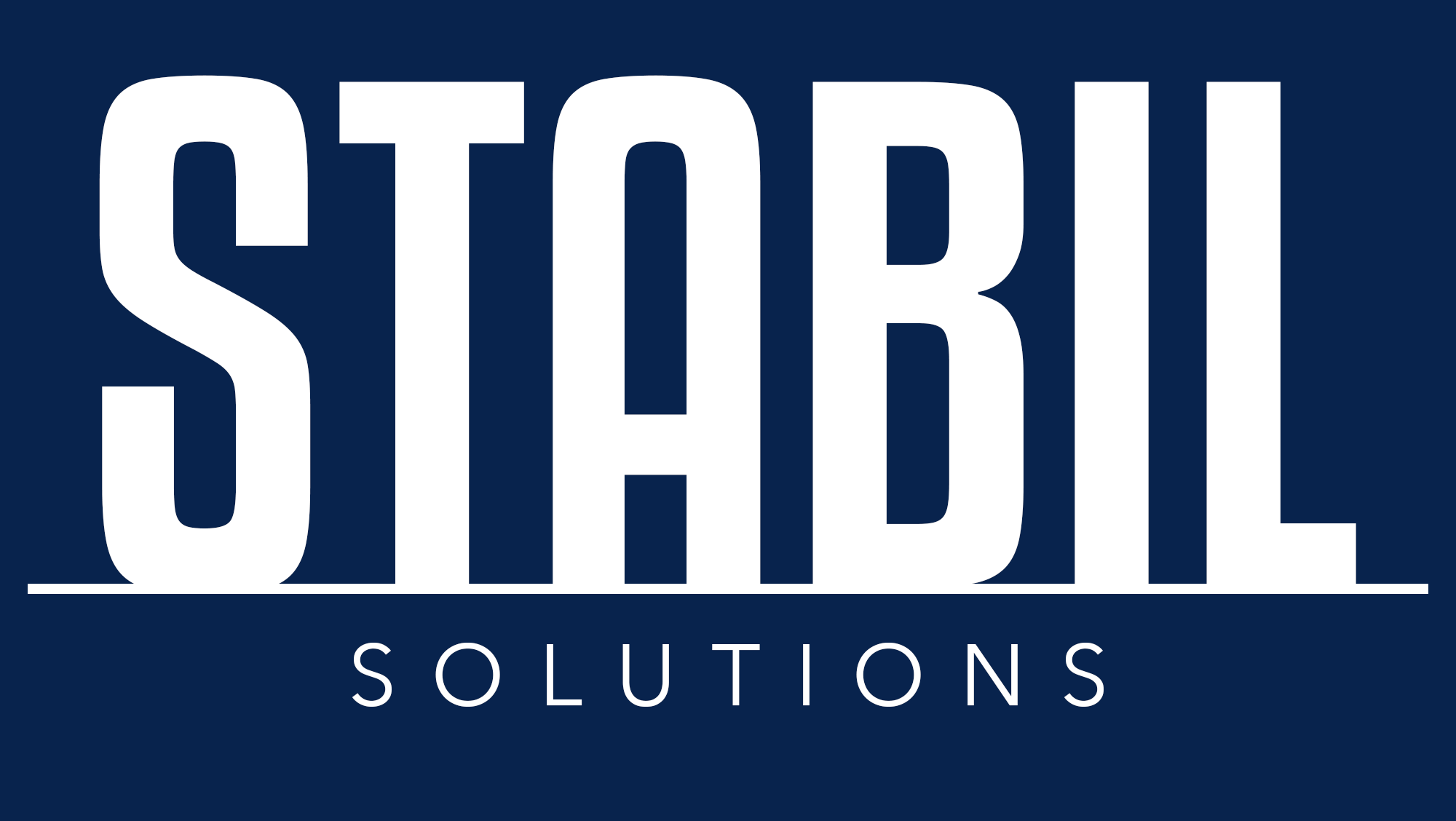Concrete Leveling is a Cost-Effective Alternative
If you’re trying to sell your home, a real estate agent may suggest fixing uneven concrete sidewalks to prevent injuries and subsequent liability claims. Concrete leveling may be an easy fix. Is your front porch stooping? Your sidewalk slouching? Concrete leveling (also called mud-jacking or slab-jacking) may be the answer.
What Is Mud-Jacking Or Concrete Leveling?
It’s a process used to fill voids under concrete with a mixture of cement and soil that is pumped under pressure through holes drilled into the concrete.
Why Is Concrete Leveling A Good Option?
It’s significantly cheaper than replacement, about one-third the cost, and the surface retains a weathered look, says Shannon Schwehm, president of Superior Slab-jacking Inc. in Stanwood, Wash.
B. Charlton Howell of Charlton’s Concrete Correctors in Indianapolis indicates that most jobs cost $300 to $700. “It’s a lot less disruptive and more cost-effective than tearing it out and replacing it,” he says. He advises homeowners to hire a contractor with slab-jacking experience and integrity. “The cheapest price is not always the best way to go.”
When Is Mud-Jacking The Best Option?
Schwehm recommends concrete leveling when concrete has settled a half-inch or more and refers customers to specialists for more extensive home foundation repairs.
When Is Concrete Leveling A Bad Idea?
If the concrete has cracked into pieces, mud-jacking will not improve it. “If you want it to look brand new, slab-jacking is not for you,” Schwehm says. Florida homeowners should test the soil to make sure there are no sinkholes or lime cavities under the concrete, says John Jimpie, owner of Jon Solutions Inc. in St. Petersburg, FL. Jimpie also recommends mud-jacking to solve drainage problems that cause concrete to erode.
What Else Can Affect The Price Difference?
The value of convenience is important to consider when evaluating the difference between the cost of mud jacking and the cost of concrete replacement. For example, if the sidewalk to your home settles, creating a trip hazard, mudjacking will allow you to walk on in during and after the repair. Tearing out and replacing concrete generally requires you not to walk on it for at least a day. Driveway repairs are similar; you may generally drive on mud jacked concrete a few hours after the work is completed, whereas you may not be able to drive on new concrete for a week.
Sometimes mud jacking is the only practical repair. For example, if the floor inside of your home settles, mudjacking can generally lift it back up quickly and cleanly. Replacing floors inside of homes usually involves removing everything from inside your home, temporarily bracing walls, and losing all of your floor coverings. Many floor coverings can’t be installed on concrete that’s newer than a few weeks, so you are left with bare concrete floors for some time after the floor is replaced.
The size of voids under your concrete also influences the cost of mud jacking. For example, if your concrete has no voids under it, then it won’t take much material. If your concrete has 12 inches of voids under it, it requires additional material and time to fill those voids relative to a slab with no voids. Large voids increase the cost of concrete replacement, too, though. Before new concrete can be installed, the void space has to be filled with compacted soil or gravel.
The Cost Of Doing Nothing
Settled concrete won’t fix itself. Additionally, it can deteriorate to the point where it starts to crack and fall apart, at which time the only option may be to tear the concrete out, which is generally much more expensive. Sinking foundation concrete is generally less disruptive to correct when it has only settled a little bit instead of waiting for it to settle a lot because settlement often affects the surrounding components of your home. The cost of mudjacking to correct trip hazards is much less than the cost of trip and fall lawsuits and the effects they can have on your property’s insurance rates.
It’s Important To Address Sunken Concrete
Regardless of the cause, sunken concrete can lead to many structural defects, including failed retaining walls, foundation settling, uneven junctions of concrete, sunken sidewalks, uneven concrete pads, cracked foundations, and bowed basement walls. If left uncorrected, these defects can lead to unwanted water runoff and major structural problems.
Aside from the shabby appearance and decreased functionality of an uneven sidewalk, steps, or walkway, sunken concrete can create major trip hazards for which the building owner is liable. If a building owner notices any of these conditions, they should consult with their Inter NACHI inspector during their next scheduled inspection.
